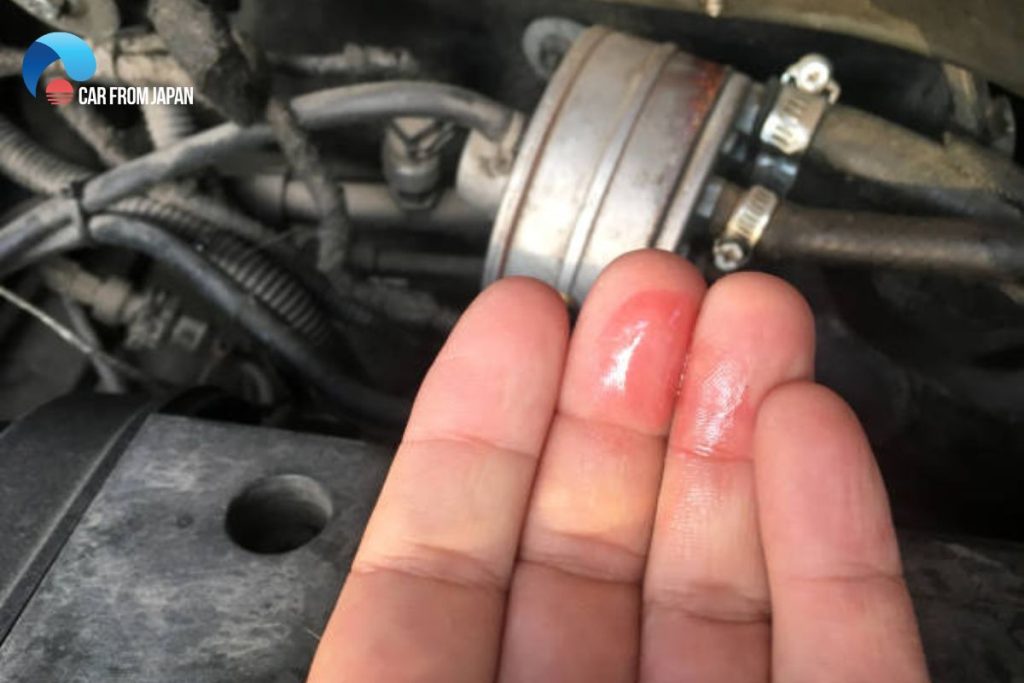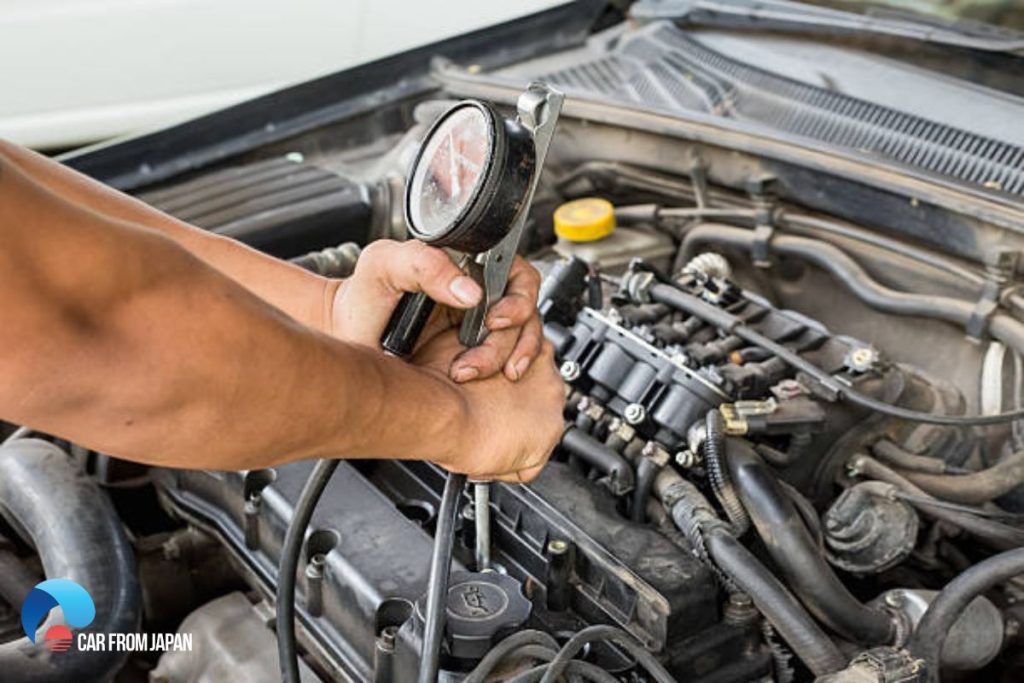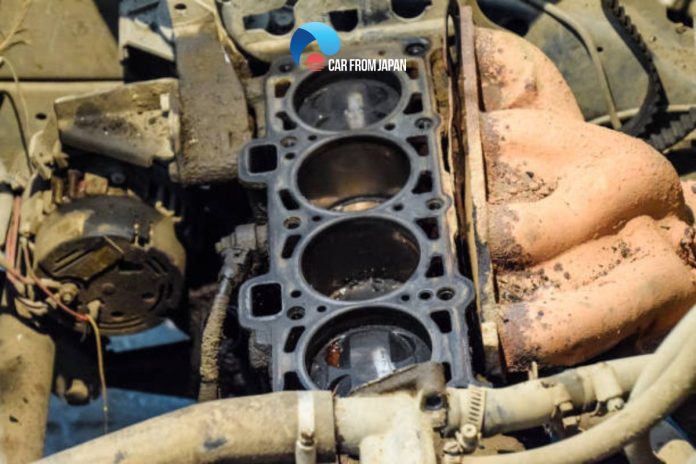Replacing a head gasket is a critical repair often necessitated by engine overheating, coolant leaks, or compression losses.
While this repair aims to restore engine integrity and performance, it’s important to be vigilant for a range of issues that may arise post-replacement.
Awareness and prompt action can mitigate further damage and ensure the longevity of your engine repair. Here are common problems after head gasket replacement to watch.
Contents
- Common Problems After Head Gasket Replacement
- FAQs on Common Problems After Head Gasket Replacement
- Can a newly replaced head gasket affect engine timing?
- Why might my engine oil appear milky after a head gasket replacement?
- Is it normal for the engine to run rough immediately after replacing the head gasket?
- How does a head gasket replacement influence exhaust system performance?
- Can replacing a head gasket reveal other engine problems?
- How important is it to use the exact specified head gasket for my vehicle model?
- Conclusion
Common Problems After Head Gasket Replacement
A head gasket replacement is one of the more complex and involved repairs your car can undergo, affecting multiple engine systems. Because of this complexity, even when the main gasket issue is fixed, new problems can sometimes emerge afterwards. And here are some common issues you might experience after replacing the head gasket:
Engine overheating
Post head gasket replacement, an engine overheating indicates unresolved issues. A clogged radiator, failing to efficiently remove heat from the engine coolant, can cause the engine to overheat.
A malfunctioning thermostat that doesn’t open as it should prevents coolant from flowing through the engine and radiator, leading to overheating.
Similarly, a faulty water pump can fail to circulate coolant through the engine and cooling system, exacerbating the problem. These components should be checked and, if necessary, repaired or replaced to prevent engine overheating.
Coolant leaks

A properly installed new head gasket should create a watertight seal between the engine block and cylinder head, preventing coolant leaks.
Persistent leaks may indicate installation issues or unnoticed damage like warpage or cracks in the engine block or cylinder head during the head gasket replacement.
It’s essential to ensure that the surfaces are adequately prepared and inspected before the installation to avoid such leaks.
Poor engine performance
Suboptimal engine performance following a head gasket replacement can result from several factors. If head bolts are not torqued to the manufacturer’s specifications, it may result in an uneven seal, affecting engine compression and, consequently, performance.
Unaddressed damage to cylinders or pistons can also impair engine function. A comprehensive inspection and proper reassembly of engine components are vital to maintaining optimal engine performance.
Oil contamination
The head gasket serves as a barrier preventing oil and coolant from mixing. Continued oil contamination in the coolant post-replacement suggests the new gasket may not be sealing correctly, or there could be additional, undetected cracks in the engine, allowing for cross-contamination.
Thorough diagnostics are required to identify and rectify the source of contamination.
Excessive exhaust smoke
Persistent white smoke from exhaust post-replacement could indicate that coolant is still entering the combustion chamber, suggesting the new gasket may not be providing a proper seal.
Alternatively, undetected cracks in the cylinder head or engine block could be allowing coolant to leak into the combustion chamber.
Further investigation is necessary to identify the cause and ensure the integrity of the new head gasket installation.
Compression Loss

The head gasket is crucial in maintaining cylinder compression. A loss of compression following gasket replacement might indicate that the new gasket isn’t sealing correctly between the cylinder head and engine block.
This situation necessitates a thorough inspection of the gasket installation and the mating surfaces of the engine block and cylinder head for any irregularities that could compromise the seal.
FAQs on Common Problems After Head Gasket Replacement
Can a newly replaced head gasket affect engine timing?
Improper installation of a head gasket or failure to correctly reassemble engine components afterward can inadvertently affect engine timing.
This misalignment can lead to inefficient engine operation, reduced performance, and, in severe cases, cause engine damage.
Why might my engine oil appear milky after a head gasket replacement?
Milky engine oil after a head gasket replacement could indicate that coolant is still entering the oil system, suggesting the new head gasket may not be sealing properly.
This could result from incorrect installation, or there may be additional cracks or warping in the engine not addressed during the gasket replacement.
Is it normal for the engine to run rough immediately after replacing the head gasket?
While some initial roughness can occur as the engine adjusts, persistent rough running is not normal and suggests issues such as air trapped in the cooling system, misaligned engine components, or other underlying problems not corrected with the head gasket replacement.
How does a head gasket replacement influence exhaust system performance?
If the head gasket issue allowed coolant into the combustion chamber, it could have led to the accumulation of coolant residue in the exhaust system.
After replacing the head gasket, it may take some time for this residue to clear, potentially affecting exhaust performance temporarily. Persistent exhaust problems, however, warrant further investigation.
Can replacing a head gasket reveal other engine problems?
Yes, the process of replacing a head gasket can uncover other engine issues, such as cylinder wear or damage to engine valves, which might not have been apparent before the repair.
This is because the intensive inspection and disassembly required for a head gasket replacement provide an opportunity to evaluate the engine’s overall condition.
How important is it to use the exact specified head gasket for my vehicle model?
It’s crucial to use the head gasket specified by your vehicle’s manufacturer. Using an incorrect or lower-quality gasket can lead to premature failure, improper sealing, and ongoing engine problems.
The material composition and thickness of the gasket are designed specifically for your engine’s thermal expansion rates and pressure needs.
Check out this video from Repair Geek to learn more about the head gasket replacement!
Conclusion
In conclusion, while a head gasket replacement is intended to be a major fix, it’s wise to be aware that new issues can sometimes emerge. Whether it’s persistent overheating, new fluid leaks, or the engine still running rough, these common problems highlight the importance of careful work and thorough follow-up.
Early detection and intervention of common problems after head gasket replacement can save time, expense, and prevent further engine damage!



